30.04.24
Andrea James is Griffin’s Associate Artistic Director. In 2024, Andrea is directing Ellen van Neerven’s play swim, premiering at Carriageworks in July. This note was originally printed in the printed program for The Lewis Trilogy by Louis Nowra as a reflection on the closure of the SBW Stables Theatre ahead of its major redevelopment.
When the staff at Griffin crammed ourselves into the beloved little orange nook in the foyer of the SBW Stables Theatre to discuss its demolition and redevelopment, there was much talk about respecting its footprint, keeping the bricks for the rebuild, honouring the stable doors and repurposing the ancient timber wooden beams. We spoke about these things as if they were sacred objects.
I’m always bemused when whitefellas make their white things sacred. After my Yorta Yorta people fought and lost our land claim on the basis of some ‘tide of history’ judgement, my ear is highly attuned to such talk.
So I let them go for a bit. For about 30 or 40 minutes I listened. I was the only First Nations staff member at Griffin at that time. Now there are two.
With my colleagues I looked at the skillfully designed and drawn up plans and we ‘oohed’ and ‘ahhed’. There was much excitement at the prospect of having our own rehearsal room. At last! No more schlepping across the city to beg for in-kind or cheap rehearsal space, away from our office and theatre heartland. When the Stables Theatre rises again in all of her glory we will have a basement rehearsal space with the exact same and famed kite-shaped footprint as the theatre space upstairs. All the tools of our trade under one roof!
And then I piped up. What about Mother Earth? What about the Gadigal? What about the digging? What will we find there? What will we see when we carve space out of the ground for our rehearsal room with its architecturally-designed light well? What will this new footprint on and into Gadigal land reveal about our past—not just Griffin’s past, but the one before that and before that? What will it say about this hotbed colonial city and how this building has shaped and contributed to Blak Theatre in this country? If at all (or a little bit too Johnny-come-lately)?
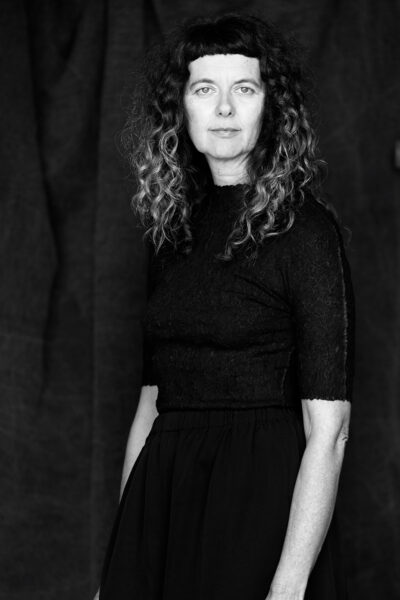 Andrea James. Image by Marnya Rothe
Andrea James. Image by Marnya Rothe
Blak Theatre has really only been able to flourish this last decade or so in this tiny little spot. I’m thinking about Blak Theatre pioneers Bob Maza, Aileen Corpus, Bindi Williams, Zac Martin and Gary Foley who thrust Basically Black into this space in 1972 when it was the Nimrod Theatre; later audaciously bringing iconic characters such as ‘Super Boong’ to our small screens with the fly rope hilariously exposed.
After that, the Blak Theatre timeline in this place is a bit sketchy. Here’s a potted Blak Theatre History at Griffin—there are long stretches of time between productions since Mary Morris’s non-Aboriginal 1994 adaptation of Sally Morgan’s Flying Emu children’s book, retitled Shark Island Stories, co-directed by Michael Leslie with design by Bronwyn Bancroft and featuring John Blair, Gary Cooper, Marlene Cummins, Pauline McLeod, Malcolm Mitchell, Liza-Mare Syron and Penny Williams on Shark Island for Sydney Festival. Then came Wesley Enoch’s The Stories of the Miracles at Cookie’s Table and more recently Meyne Wyatt’s City of Gold, Dogged, which I wrote with Catherine Ryan, Dylan Van den Berg’s Whitefella Yella Tree, a remount of Nakkiah Lui’s Blaque Showgirls and Ellen van Neerven’s swim touring later this year. This Blak wave of theatre has finally and only very recently been given its due.
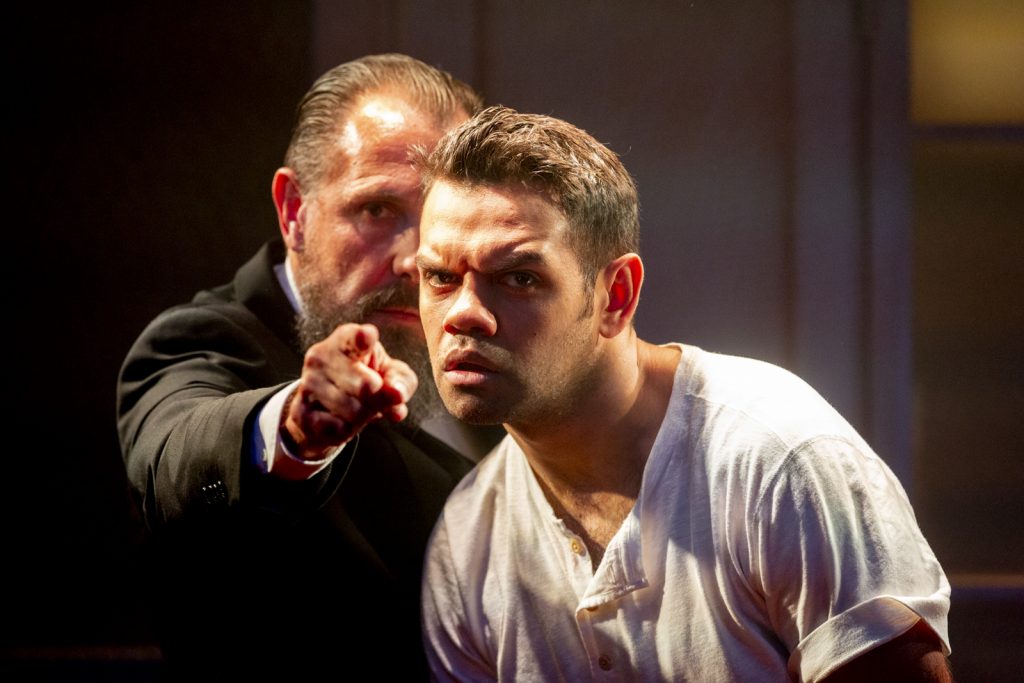 City of Gold by Meyne Wyatt (Griffin/Queensland Theatre, 2019)
City of Gold by Meyne Wyatt (Griffin/Queensland Theatre, 2019)
And, speaking of sacred objects, who will get to keep the little Blackfella flag made from electrical tape in the colours black, yellow and red, that some cheeky actor stuck on the wall in the dressing room? A now endangered object threatened by demolition.
What middens, bones, charcoal, tools, fires and feeds will be revealed amongst the glass, horse shit and ceramic colonial detritus when we dig into the dirt? Will we see a timeline there amongst the layers of compacted earth, sandstone and watermarks? What will we see when Mother Earth is opened up like a book? What stories will she tell us and how will we respond?
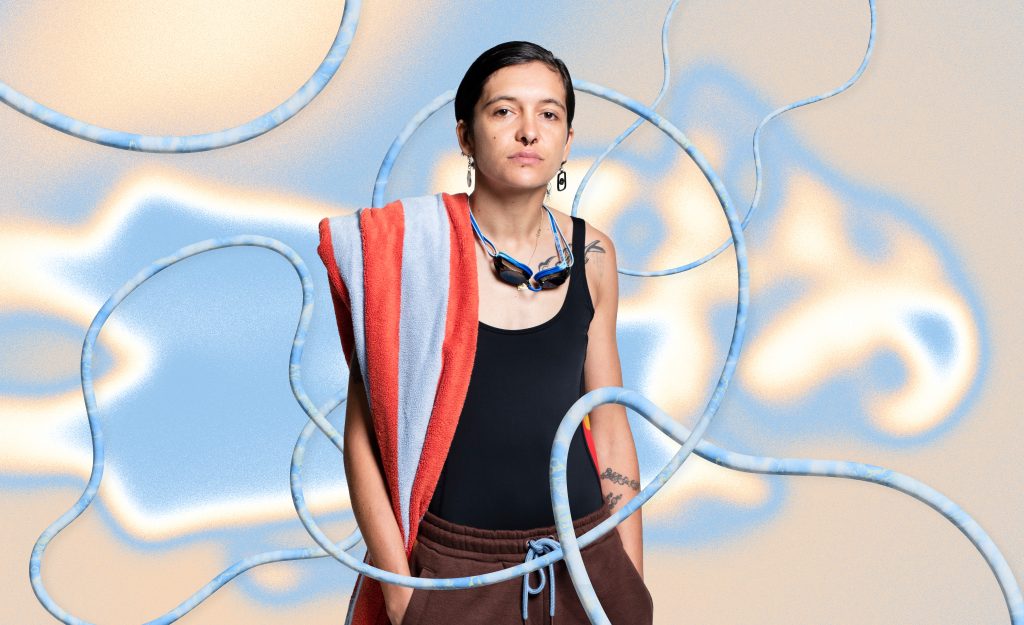 swim by Ellen van Neerven (Griffin/BLEACH* Festival, coming up in 2024)
swim by Ellen van Neerven (Griffin/BLEACH* Festival, coming up in 2024)
For now, in this sacred place of Australian theatre we will honour an elder—a wise and wisened storyteller. These three Louis Nowra plays, adapted and lovingly crafted into a trilogy will unfurl before us into a long day and night of theatre festivity, like ceremony. One has to admire a playwright who sticks at it. Has longevity.
Like many a theatre student, I obediently studied the great Australian theatre works, Così, The Golden Age and Radiance, that are a part of our national canon. Etched into the landscape.
A whitefella wouldn’t dare write a play like Radiance or The Golden Age now. You just wouldn’t… But Rhoda Roberts and Lydia Miller were astute—they knew that in Louis there was a man who understands class, who roots for the underdog, who is a deep thinker, drinks hard, listens and understands the trouble of family—a man who could write their story. Radiance worked in part because Louis allowed himself to be bossed around by three Black women.
I read Louis’ latest play This Much is True when I was on a funding assessment panel some years back. I loved its heart, its rough around the edges gumption, the acknowledgement of its natural surroundings, its community and god damn it—its class! I loved it from the get go. I rooted hard for that play to get its funding, but it didn’t make the cut. I can’t remember why.
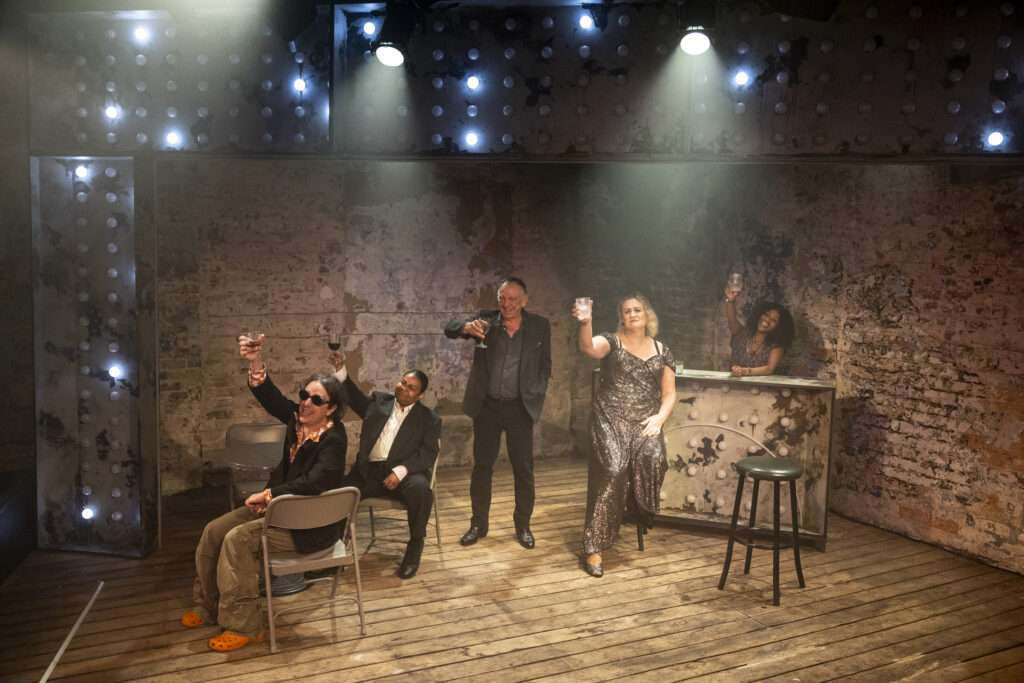 This Much is True by Louis Nowra (Griffin, 2024)
This Much is True by Louis Nowra (Griffin, 2024)
I love that this play got itself up anyway—the little play that could—when it found its world premiere (most appropriately) at the Old Fitz Theatre and now to see it once more in all its glory finally as part of a trilogy, as Louis intended.
I love that these three plays have once again been brought into the light by the meeting of prodigious and wise theatre minds to bookend a chapter and to honour a theatre—oh if these walls and floorboards could talk.
BUT, this Trilogy, this honouring, this building is but a blip in the landscape, a blink of an eye, a little dot in a challenged and unbroken line of storytelling.
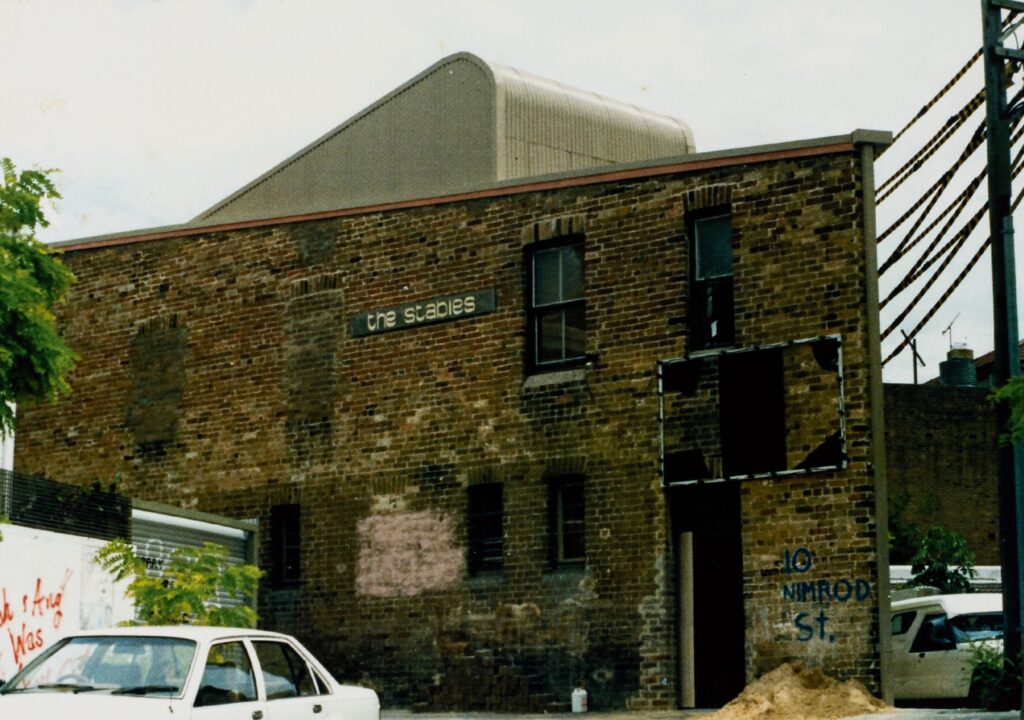
We are but mere guests in this place on Gadigal land. Our job here is to tread lightly and respectfully. It’s not to say we can’t make a mark, make the air vibrate with our words, throb with politics, laugh and love wildly—but we must always acknowledge the land under our feet and the people whose storyline is ever changing and continuous.
Andrea James
Associate Artistic Director
Griffin Theatre Company

